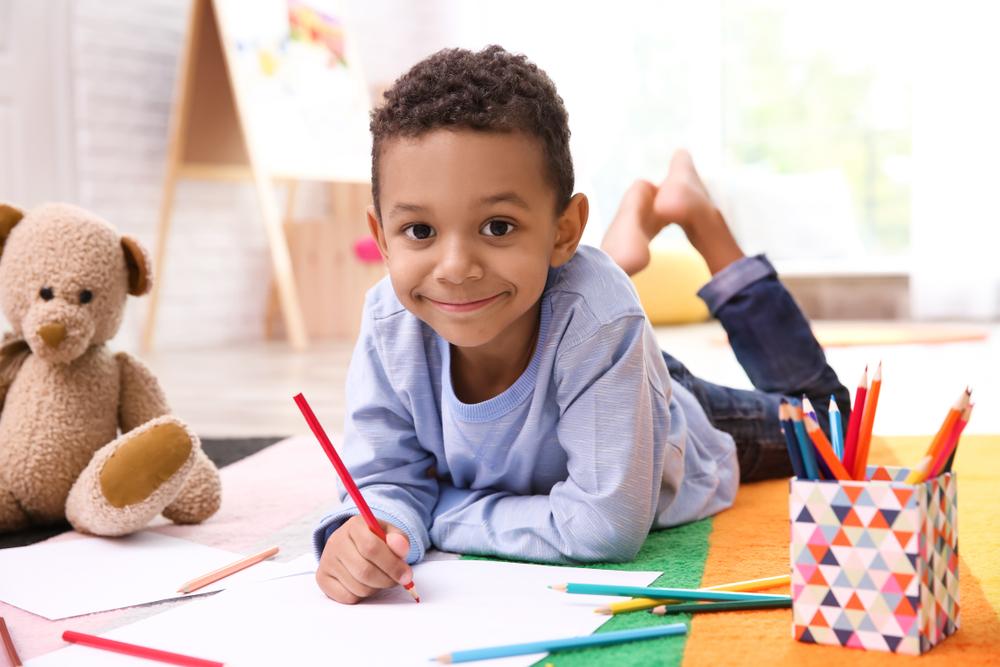AUCKLAND, New Zealand—We all learn differently. If your child is struggling to learn or if you find his or her behavior is sometimes a challenge, getting that child to practice some form of art could be the answer.
I caught up with children’s book illustrator and oral storyteller Lyn Kriegler, a friend I’ve known for a number of years. I wanted to learn more about her work in New Zealand schools, where since 1990 she’s been leading workshops as part of the New Zealand Book Council’s “Writers in Schools” program.





